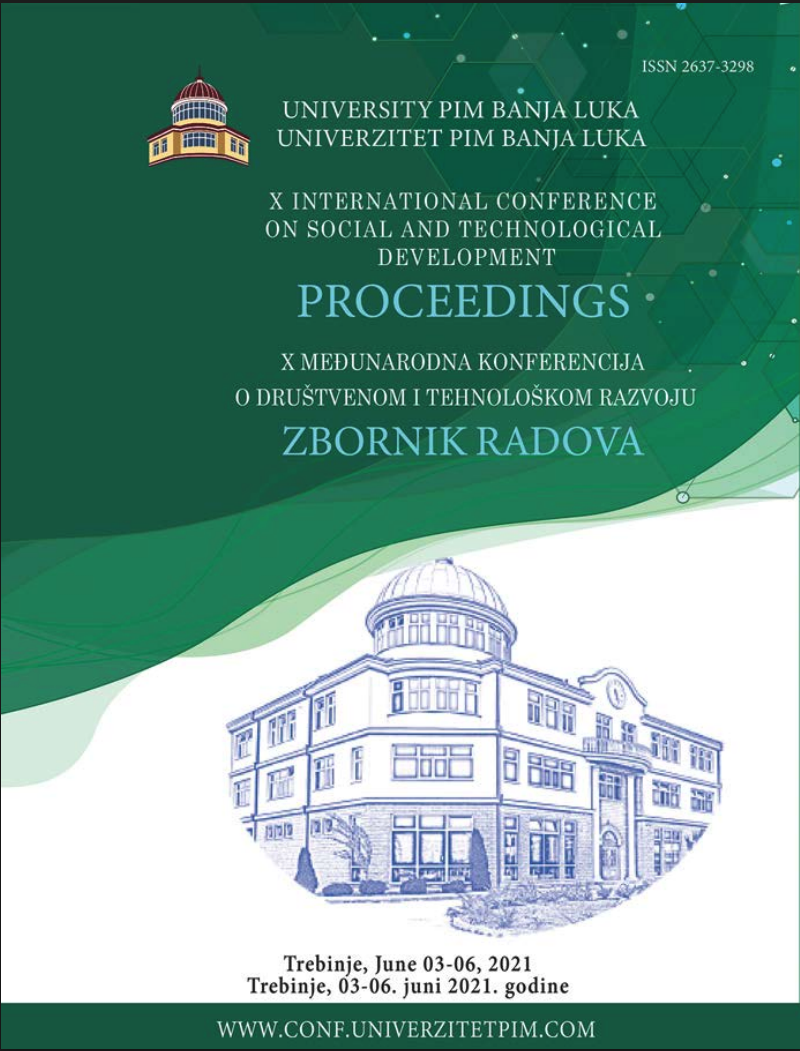
This is an open access article distributed under the Creative Commons Attribution License which permits unrestricted use, distribution, and reproduction in any medium, provided the original work is properly cited.
Medical Faculty, Haybusak Medical Institute, Yerevan “Haybusak” University , Yerevan , Armenia
Medical Faculty, Haybusak Medical Institute, Yerevan “Haybusak” University , Yerevan , Armenia
Alternative energy is any energy source that does not use fossil fuels (coal, natural gas, petroleum). Seven types of renewable energy are solar, wind, hydroelectric, ocean, geothermal, biomass, hydrogen energy. Solar and wind energy is widely available in Armenia due to geographic and climate conditions. A green economy is an economy that aims at reducing environmental risks and ecological scarcities. Armenia is a member of the Eurasian Economic Union and has a mixed economic system. The aim is to develop alternative energy sources in Armenia together with the optimized use of natural energy sources. Conservation of resources is the ethical use and protection of valuable resources. Our natural resources should be conserved because it is main source of our daily needs and is limited only. Taking into account the peculiarities of economic development, as well as based on energy efficiency characteristics and the degree of heat capacity of natural building materials, the most rational and practical approaches to resource conservation will be proposed in the work. Technical and technological solutions acceptable for Armenia will also be considered.
The statements, opinions and data contained in the journal are solely those of the individual authors and contributors and not of the publisher and the editor(s). We stay neutral with regard to jurisdictional claims in published maps and institutional affiliations.